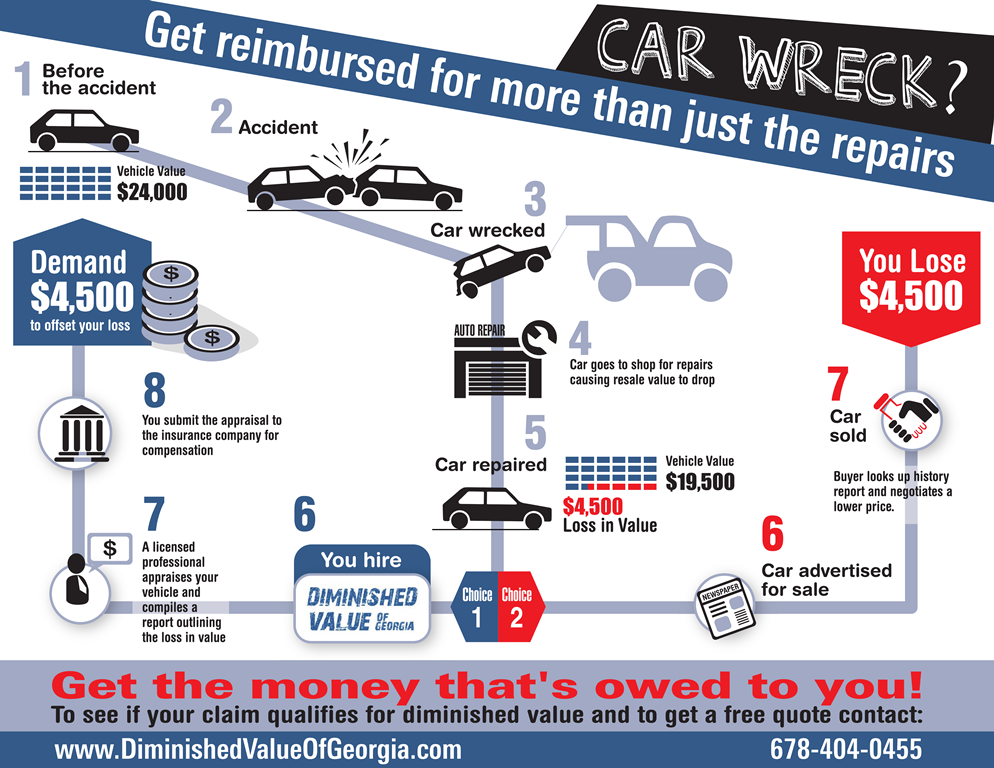Comprehending Your Auto'S Warning Lights: What Do They Truly Mean?
Comprehending Your Auto'S Warning Lights: What Do They Truly Mean?
Blog Article
Team Writer-Lauritsen Winters
When you're behind the wheel, those radiant caution lights on your control panel can be a little bit bewildering. Do you recognize what they're trying to inform you about your auto's health and wellness? Recognizing the relevance of these lights is vital for your security and the longevity of your car. So, the following time among those lights pops up, would not you wish to decode its message properly and take the required steps to address it?
Common Warning Lights and Interpretations
Recognize common caution lights in your car and understand their meanings to make sure safe driving.
One of the most typical warning lights include the check engine light, which signals problems with the engine or exhausts system. If Fleet Auto Repair begins, it's critical to have your automobile examined immediately.
The oil stress cautioning light indicates reduced oil pressure, needing immediate focus to avoid engine damage.
A flashing battery light may suggest a defective charging system, possibly leaving you stranded if not resolved.
The tire pressure surveillance system (TPMS) light signals you to low tire stress, impacting lorry security and fuel performance. Overlooking this can result in harmful driving problems.
The abdominal muscle light shows a trouble with the anti-lock braking system, jeopardizing your ability to stop swiftly in emergencies.
Lastly, the coolant temperature advising light warns of engine getting too hot, which can result in serious damages otherwise settled quickly.
Recognizing these common caution lights will help you attend to issues without delay and preserve safe driving conditions.
Significance of Prompt Attention
Comprehending the typical warning lights in your auto is just the very first step; the significance of without delay attending to these cautions can't be highlighted sufficient to ensure your safety when traveling.
When a caution light illuminates on your control panel, it's your car's method of interacting a possible problem that requires focus. Overlooking these warnings can cause a lot more severe problems in the future, jeopardizing your safety and security and possibly costing you much more in repairs.
related website to advising lights can prevent break downs and accidents. As an example, a flashing check engine light might indicate a misfire that, if left neglected, can create damages to the catalytic converter. Addressing this immediately can save you from a costly fixing.
In a similar way, a brake system alerting light may signify low brake liquid or worn brake pads, critical elements for your safety when driving.
Do It Yourself Troubleshooting Tips
If you discover a warning light on your dashboard, there are a couple of do it yourself repairing ideas you can try prior to seeking expert help.
The first step is to consult your automobile's manual to recognize what the specific warning light indicates. Sometimes the issue can be as easy as a loosened gas cap causing the check engine light. Tightening up the gas cap might resolve the issue.
One more common problem is a low battery, which can trigger numerous cautioning lights. Checking the battery links for rust and ensuring they're safe might fix the issue.
If a warning light persists, you can try resetting it by disconnecting the vehicle's battery for a couple of minutes and after that reconnecting it. In Auto Cooling System Repair Near Me , checking your vehicle's liquid levels, such as oil, coolant, and brake fluid, can aid fix alerting lights related to these systems.
Conclusion
Finally, understanding your vehicle's caution lights is necessary for keeping your automobile running efficiently and safely. By immediately attending to these alerts and knowing what they indicate, you can stay clear of costly repair work and prospective break downs.
Remember to consult your vehicle's manual for specific information on each advising light and do something about it appropriately to make certain a hassle-free driving experience.
Remain informed, stay secure when driving!
